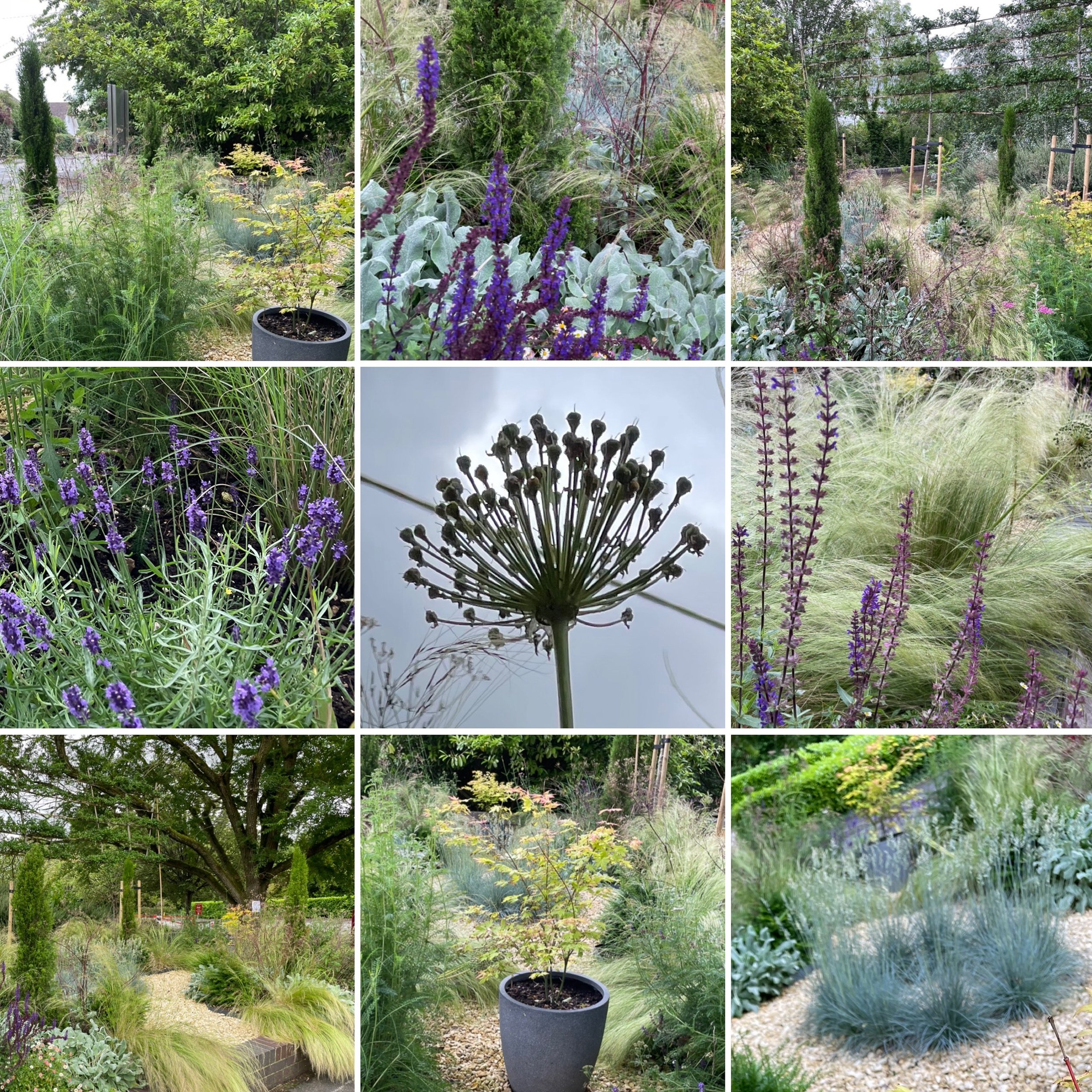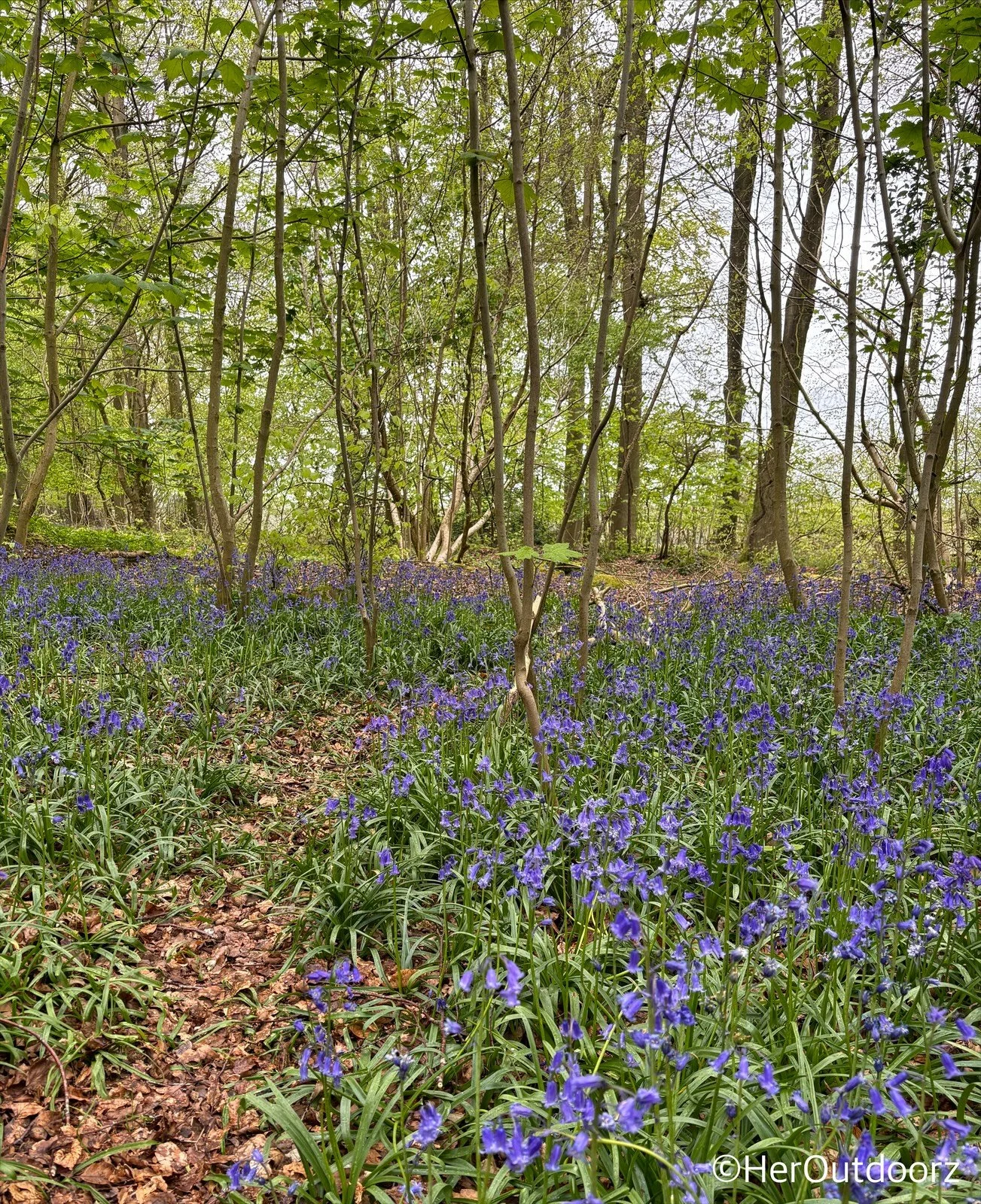Creating a Nature Rich Garden
Today the UK enjoys just 53% of the natural wildlife and fauna that existed before the industrial revolution.* That means our UK biodiversity has halved in less than 300 years.
It’s not just the UK either. The UN predicts that without drastic action another million species will be lost in the next 16 years!**
Shocking right?
Most of us realise that as a race we've caused a crisis in the natural world. The media is full of terms like climate change, biodiversity, extinction, the greenhouse effect, global warming, sustainability, decarbonisation, biosecurity.
It's easy to feel overwhelmed by the scale of the global problem.
But the good news is there are plenty of practical things we can do to help nature. We’re not powerless. Our gardens and outdoor spaces can be part of the solution. We can make a difference
Let’s start by dispelling some myths about wildlife friendly spaces.
Your garden, or outdoor space can be great for you and for the natural world you share it with.
You can have a beautiful, relaxing and interesting garden that’s also valuable to wildlife, pollinators, birds, amphibians and even mammals.
Your garden will be so much more interesting and enjoyable as a result!
Not just a wildlife friendly garden, more a life friendly garden – yours and theirs!
I’m not suggesting you hand your garden completely over to nature. You don’t have to resign yourself to looking at a neglected plot filled with nettles, brambles and rodents!
What I am advocating is making some changes that readdress the balance in favour of wildlife and nature. There’s room for us and them!
You don’t have to have rolling acres to make a difference either. If you have an outdoors space then you can affect change. Whether it’s in your garden, on your balcony, in your outdoor space at work, at the allotment, local park or in your community garden.
I’m not talking about rewilding your suburban garden with deer, wild boar and beavers - that’s a different scale of project! What we’re looking at is supporting the Garden Web of Life.
In this way your garden becomes an effective ecosystem for wildlife - and can still serve you as a beautiful, practical outdoor space.
As a landscape garden designer I can help you create a space that is rich in life. A garden that brings joy to you whilst encouraging and sustaining the wildlife you share it with
Take a look around my revamped website www.heroutdoorz.co.uk and please contact me if you would like to discuss your project.
Here are my top 12 tips for creating a garden you can enjoy, whilst being kind to the natural world.
Incorporate a range of natural habitats to act as refuges for different wildlife
Employ the ‘right plant right place’ philosophy - choosing plants that suit your location, soil, aspect. etc. Happy plants are more resistant, need less tending and less resources
Include nectar rich plants and extend nectar availability through the year. Don’t forget night scented plants for moths
Build a wildlife pond - large or small, with sloping sides so wildlife can get in and out and introduce some plant cover beside it
5. Grow your own edibles - they taste better, there’s no transport costs and you know what’s on them!
6. Don’t use pesticides - these chemicals are designed to kill insects that are pests in the garden but the poisons get into the foodchain. Slug pellets around your hostas may be tempting but if a hedgehog or thrush eats poisoned slugs and snails, they die too. There are ‘green’ alternatives
7. Harvest rainwater and use to water your plants. Connect waterbutts to your downpipes
8. Look after your soil. Create a compost heap, use a wormery and/or collect leaves to make leaf mould. Less waste and more nutrition for your soil
9. Use peat free compost - let’s leave peatlands alone so they continue to store rather than release carbon. Peatlands are home to many rare plants, insects and birds so need protecting
10. Don’t be too tidy - leave seed heads for the birds, allow the grass get a bit longer, reduce over zealous pruning and allow your plants to grow naturally and cover the soil, keeping it cool and suppressing weeds. If this idea fills you with dread then how about allocating a small, partially hidden area of your garden as a more naturalised zone
11. Avoid using artificial grass. It's devoid of life, it heats up, smells horrible and there are claims that some leach chemicals into the soil
12. Create a logpile by piling up woody cuttings and twigs in an undisturbed area of the garden. They are of great value to insects, fungi, mosses and lichens
It’s important that we act now to help nature in our outdoor spaces. Let’s use our gardens to benefit ourselves and to benefit the greater world around us.
If you would like help creating a life-rich garden that you can enjoy please do contact me below:
Sources:
* Ground Control report December 2022
** 1,000,000 of today's species will be extinct by 2039. UN report 6th of May 2019














When celandines open their lovely, sunny yellow flowers in February, they positively radiate sunshine! These very welcome, star-like flowers, contrast beautifully with their glossy green, heart-shaped leaves.
Nature’s very own combo of hearts and stars!